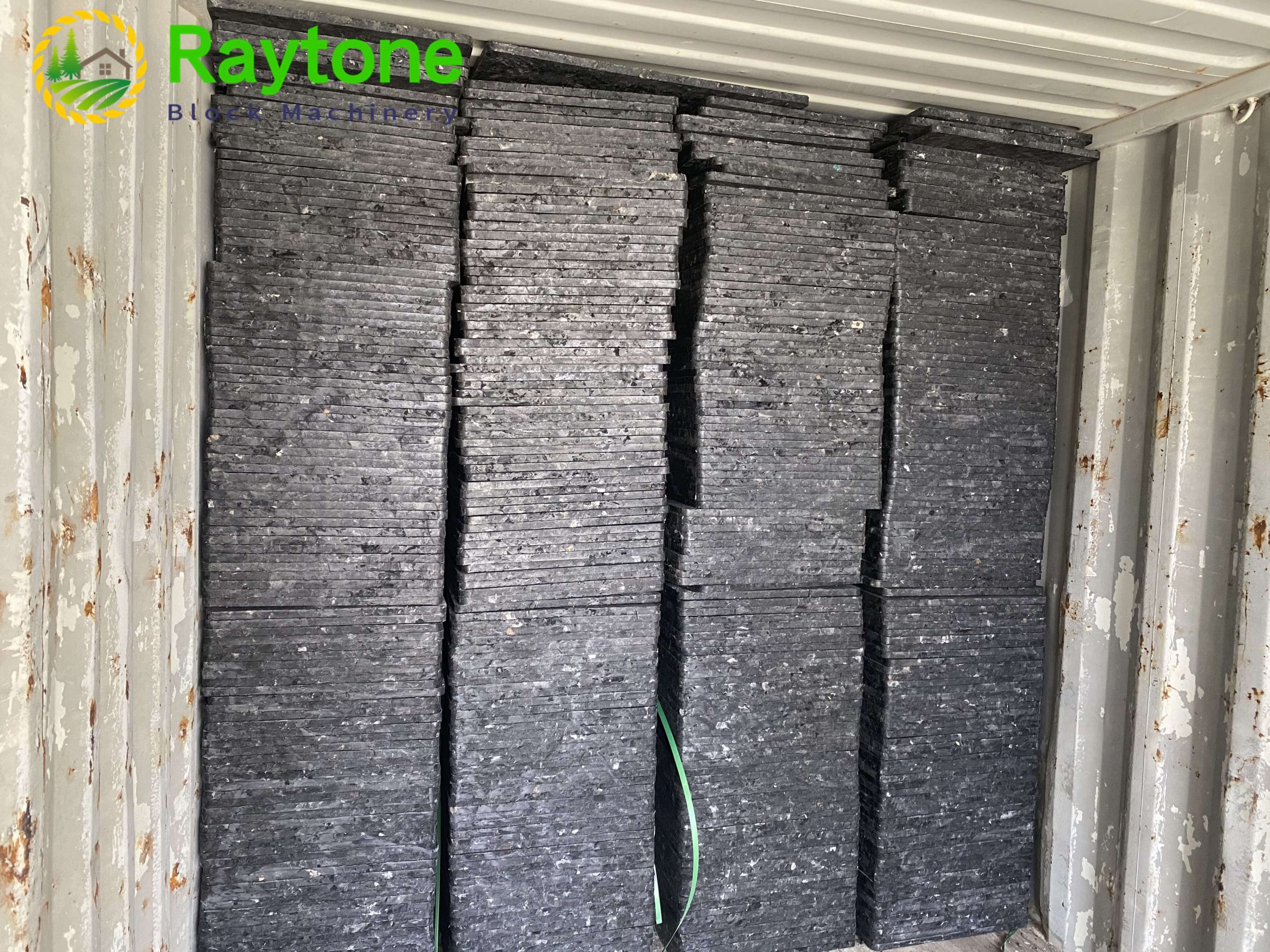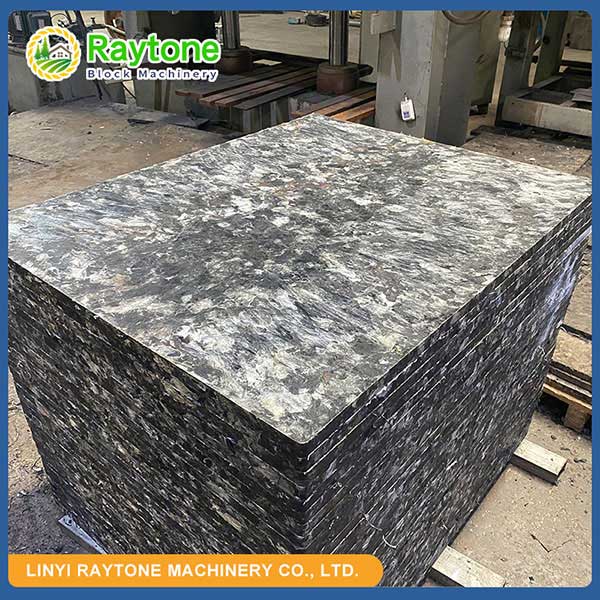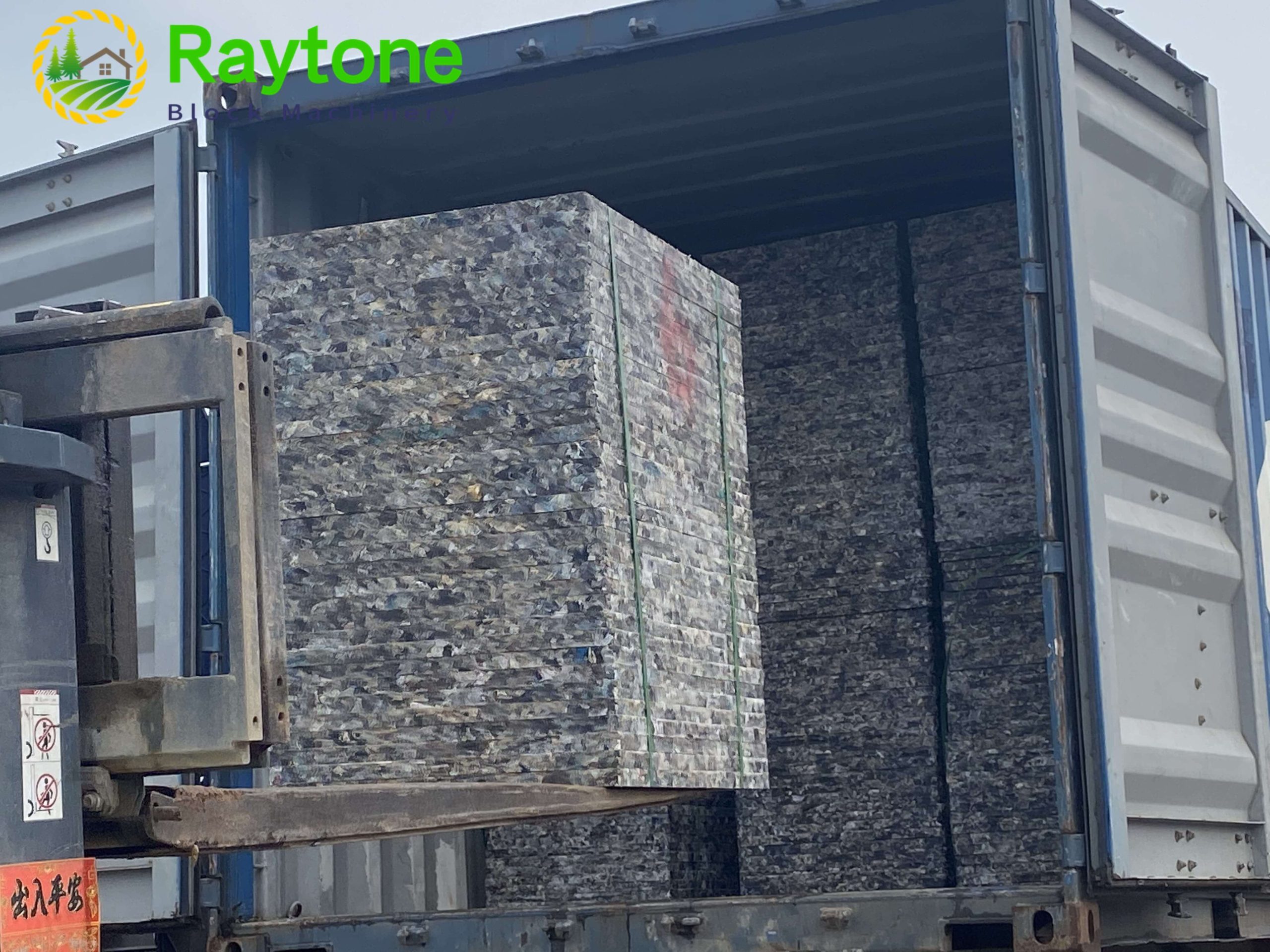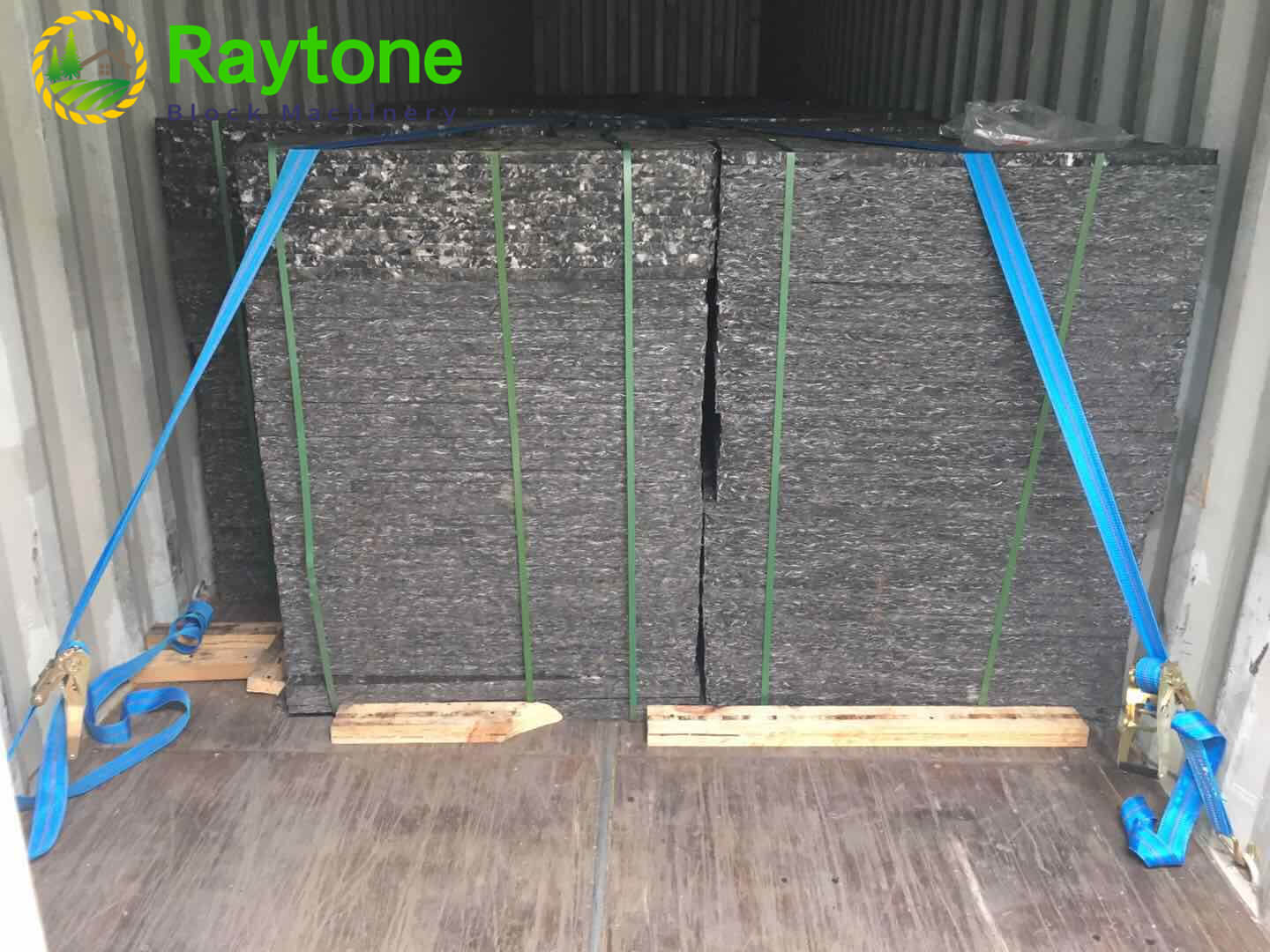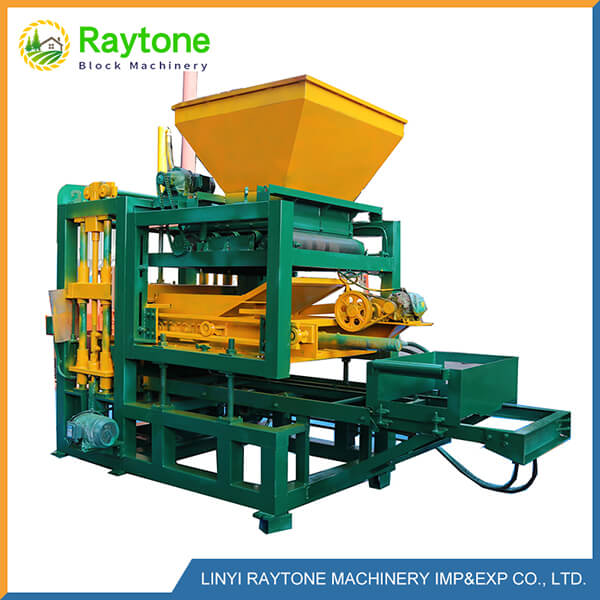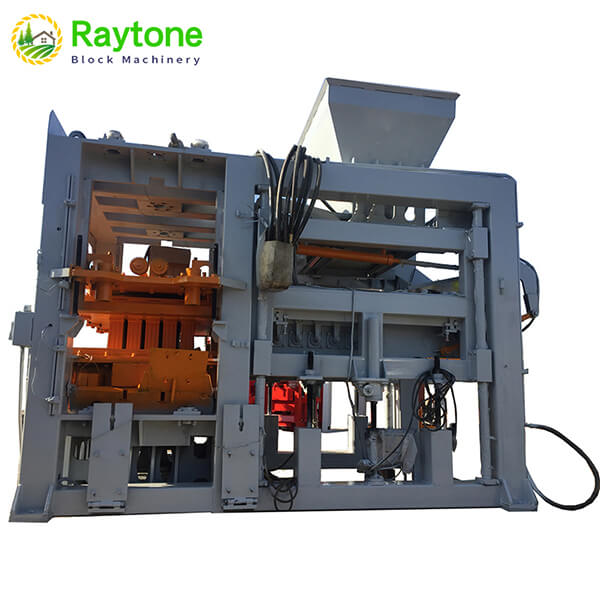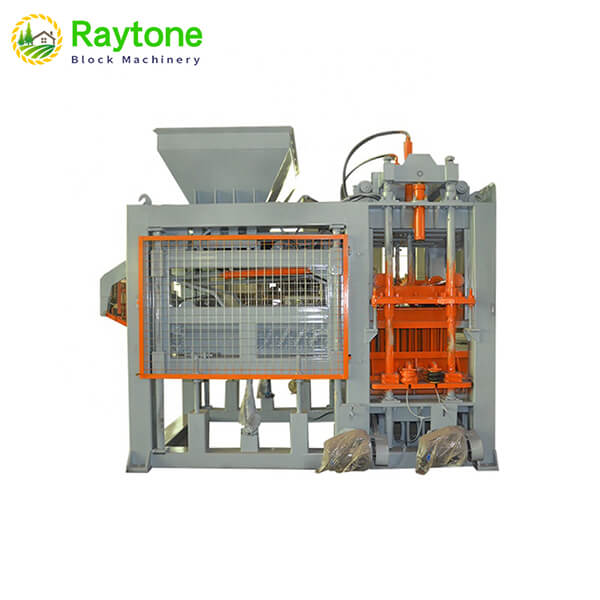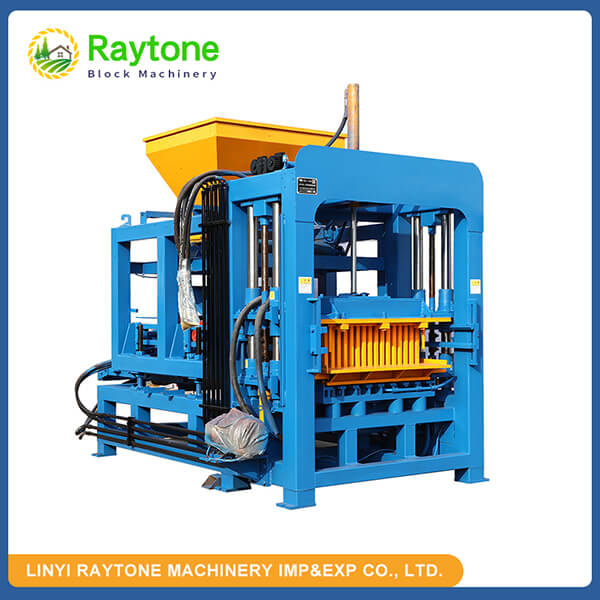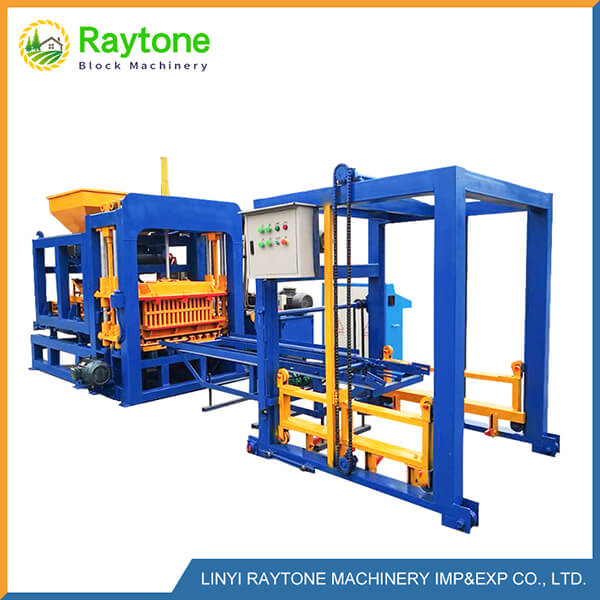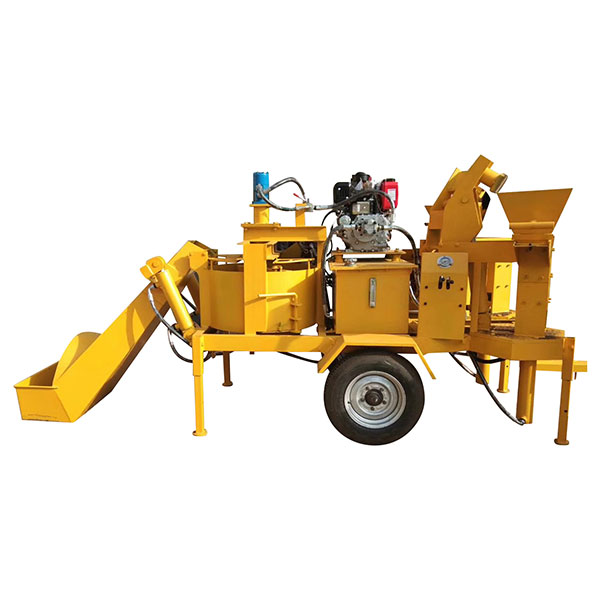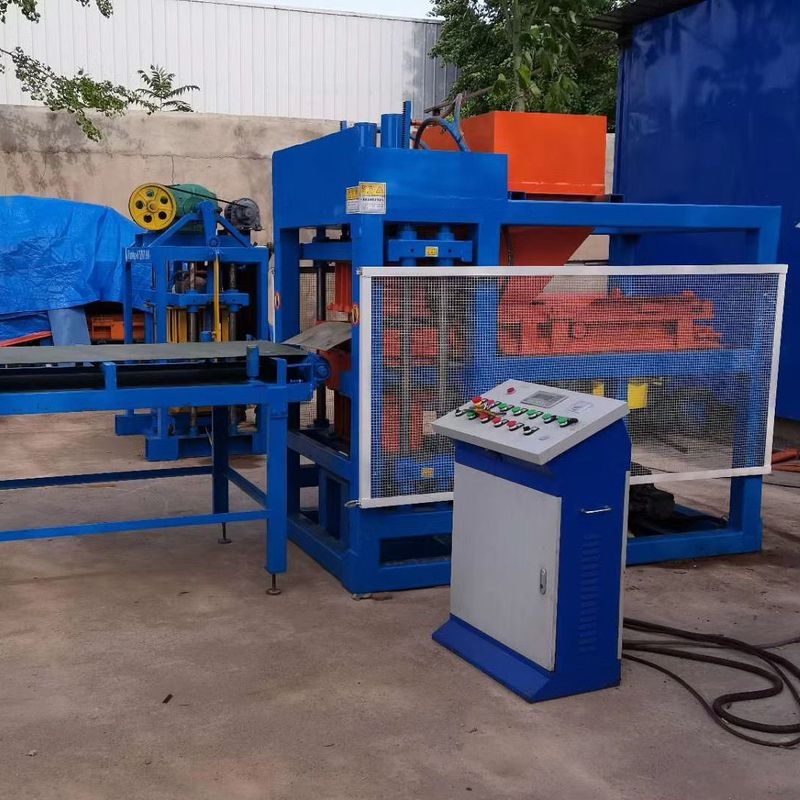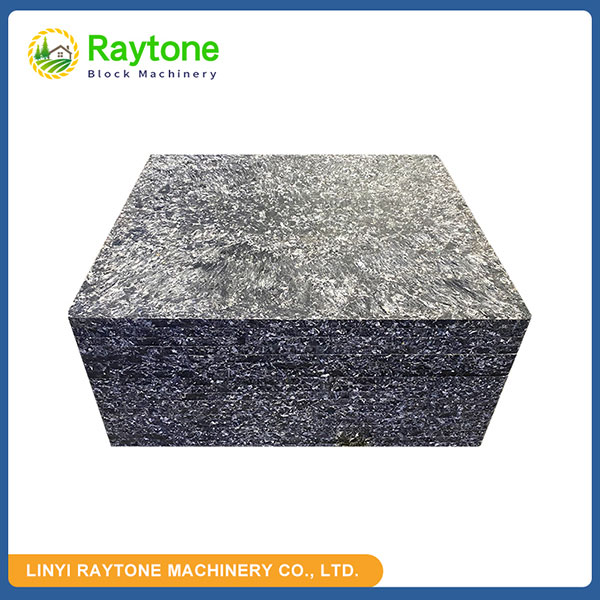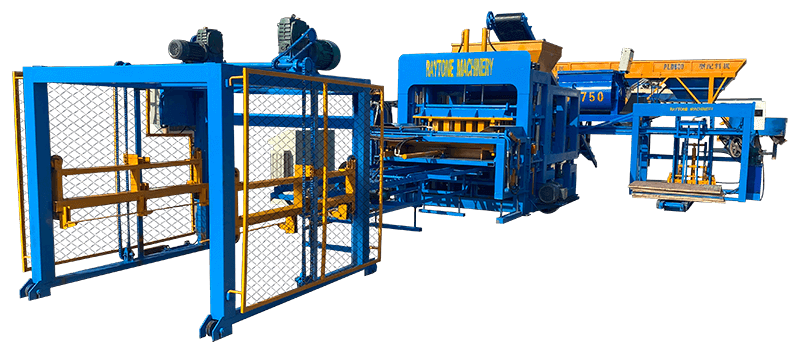Concrete block machines are essential equipment in the construction industry, revolutionizing the way building materials are produced. These innovative machines efficiently manufacture uniform, high-quality concrete blocks used in various construction projects. Understanding the structure and functionality of concrete block machines is crucial for anyone involved in the construction or manufacturing sectors. These machines combine mechanical precision with advanced technology to transform raw materials into durable building blocks. By exploring their components, operation process, and benefits, we can appreciate the significant role these machines play in modern construction practices and their impact on efficiency, cost-effectiveness, and sustainability in the building industry.
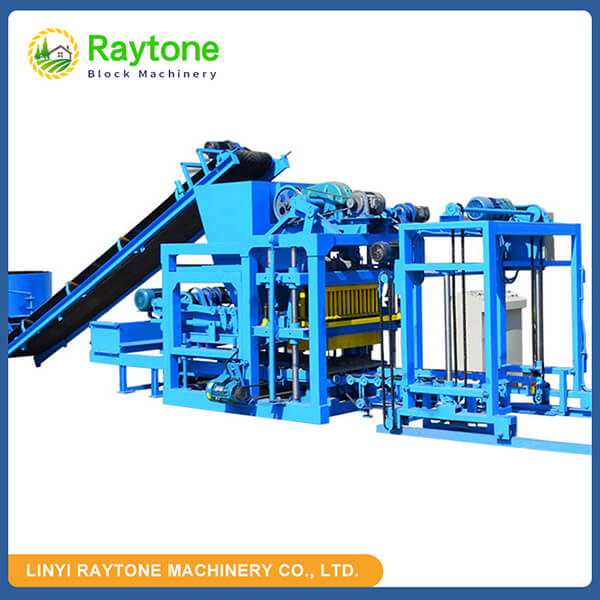
Components of Concrete Block Machines
Material Feeding System
The material feeding system is a crucial component of concrete block machines. It ensures the precise and consistent delivery of raw materials into the mixing chamber. This system typically consists of a hopper, conveyor belts, and automated dispensers. The hopper acts as a storage unit for aggregates, cement, and other additives. Conveyor belts transport these materials to the mixing area, while automated dispensers control the exact quantities needed for each batch. Advanced machines may incorporate sensors and computerized controls to optimize material flow and maintain the perfect mix ratio. This precision in material feeding contributes significantly to the quality and uniformity of the final concrete blocks.
Mixing Unit
At the heart of every concrete block machine lies the mixing unit. This component is responsible for blending the raw materials into a homogeneous concrete mixture. The mixing unit typically features a robust, high-capacity mixer equipped with specially designed paddles or blades. These elements rotate at high speeds, ensuring thorough and efficient mixing of cement, aggregates, water, and any additives. Some advanced models incorporate dual-shaft mixers for even more effective blending. The mixing process is carefully timed and controlled to achieve the ideal consistency for block formation. Many modern machines also include moisture sensors that automatically adjust the water content, ensuring optimal mix quality regardless of variations in raw material moisture levels.
Molding and Compaction System
The molding and compaction system is where the mixed concrete takes shape. This system consists of molds, also known as formboxes, and a powerful hydraulic or mechanical press. The molds are designed with precision to create blocks of specific sizes and shapes. As the concrete mixture is fed into these molds, the press applies intense pressure, compacting the material and forming it into solid blocks. This process is crucial for creating dense, strong blocks with consistent dimensions. Many modern concrete block machines feature interchangeable molds, allowing for the production of various block types and sizes on the same machine. The compaction process often involves vibration technology, which helps eliminate air pockets and ensures uniform density throughout the block.
Operation Process of Concrete Block Machines
Raw Material Preparation
The operation of a concrete block machine begins with meticulous raw material preparation. This phase involves selecting and proportioning the right mix of ingredients, typically including cement, aggregates (such as sand and gravel), water, and sometimes additives for specific properties. The quality and consistency of these raw materials are paramount, as they directly influence the final product’s strength and durability. Modern concrete block machines often feature automated systems that precisely measure and combine these ingredients according to pre-set recipes. This automation ensures consistency across batches and minimizes human error. Some advanced systems even incorporate real-time quality control measures, adjusting the mix based on factors like ambient temperature and humidity to maintain optimal concrete properties.
Mixing and Molding
Once the raw materials are prepared, they enter the mixing stage. The concrete block machine‘s powerful mixing unit blends the ingredients into a homogeneous mixture. This process is carefully timed and monitored to achieve the perfect consistency. After mixing, the concrete is transferred to the molding section. Here, the machine’s formbox is filled with the fresh concrete mixture. The molding process is a critical step where the concrete takes shape. Modern machines use advanced vibration and compression techniques to ensure that the concrete fills every corner of the mold, eliminating air pockets and ensuring uniform density. This stage often involves multiple cycles of filling and compressing to achieve the desired block density and strength.
Curing and Quality Control
After molding, the freshly formed concrete blocks enter the curing phase. This stage is crucial for developing the blocks’ strength and durability. Many concrete block machines are integrated with automated curing systems that control temperature, humidity, and curing time. These systems may include steam curing chambers or controlled environment rooms where blocks are stored for a specific period. During curing, the blocks undergo chemical reactions that harden and strengthen the concrete. Following curing, a rigorous quality control process is implemented. This may involve visual inspections, dimensional checks, and strength tests. Advanced machines often incorporate automated quality control systems using sensors and imaging technology to detect defects or variations in block properties. This ensures that only blocks meeting the required specifications are approved for use, maintaining high standards of quality and consistency in the final product.
Benefits and Applications of Concrete Block Machines
Increased Production Efficiency
One of the primary benefits of concrete block machines is their remarkable production efficiency. These machines can manufacture hundreds or even thousands of blocks per hour, far surpassing manual production methods. This high output capacity significantly reduces production time and labor costs. Modern concrete block machines are designed for continuous operation, minimizing downtime and maximizing productivity. Many feature quick-change mold systems, allowing for rapid transitions between different block sizes or types without extensive machine reconfiguration. This flexibility enables manufacturers to respond quickly to varying market demands. Additionally, the automation inherent in these machines ensures consistent quality across large production runs, reducing waste and rework. The increased efficiency not only boosts production volumes but also allows for more competitive pricing in the market, making quality construction materials more accessible.
Versatility in Block Production
Concrete block machines offer exceptional versatility in block production, catering to a wide range of construction needs. These machines can produce various types of blocks, including standard solid blocks, hollow blocks, interlocking blocks, and even decorative or specialty blocks. This versatility is achieved through interchangeable molds and adjustable machine settings. Manufacturers can easily switch between different block designs to meet specific project requirements or market demands. Some advanced machines can even produce blocks with complex shapes or textures, opening up new possibilities in architectural design. The ability to produce such a diverse range of products on a single machine maximizes the return on investment for manufacturers and provides construction professionals with a broader selection of building materials. This versatility also allows for customization, enabling the production of blocks tailored to specific climate conditions, load-bearing requirements, or aesthetic preferences.
Sustainable Construction Solutions
Concrete block machines play a significant role in promoting sustainable construction practices. These machines can incorporate recycled materials into the block-making process, reducing the demand for virgin resources and minimizing waste. Many modern machines are designed to use alternative cementitious materials or industrial by-products, such as fly ash or slag, which can reduce the carbon footprint of block production. The precision and efficiency of these machines also contribute to sustainability by optimizing material usage and reducing waste. Some advanced concrete block machines feature energy-efficient motors and systems that minimize power consumption during operation. Additionally, the durability and longevity of machine-made concrete blocks contribute to more sustainable buildings, reducing the need for frequent repairs or replacements. The ability to produce specialized blocks, such as insulated or interlocking blocks, can enhance the energy efficiency of buildings constructed with these materials, further promoting sustainable construction practices.
Conclusion
Concrete block machines have revolutionized the construction industry by providing an efficient, versatile, and sustainable solution for producing high-quality building materials. Their sophisticated structure and functionality enable rapid production of uniform, durable blocks suitable for various construction applications. As technology advances, these machines continue to evolve, offering improved efficiency, greater versatility, and more sustainable production methods. Understanding the intricacies of concrete block machines is essential for construction professionals and manufacturers alike, as it allows for optimal utilization of these powerful tools in creating stronger, more efficient, and environmentally friendly buildings for the future.
Contact Us
For top-quality concrete block machines that combine innovation with reliability, look no further than Raytone Machinery. Our range of block-making solutions, from fully automatic to manual machines, are designed to meet diverse production needs while ensuring excellent value. Experience the difference with our high-performance, versatile equipment. Contact us today at hazel@raytonechina.com to learn how we can elevate your block production capabilities.
References
- Smith, J. (2022). “Advancements in Concrete Block Manufacturing Technology.” Journal of Construction Engineering, 45(3), 267-280.
- Johnson, A. & Brown, T. (2021). “Sustainable Practices in Concrete Block Production.” Green Building Materials Quarterly, 18(2), 112-125.
- Zhang, L. et al. (2023). “Comparative Analysis of Concrete Block Machine Efficiency.” International Journal of Industrial Engineering, 56(4), 389-402.
- Patel, R. (2020). “Quality Control Mechanisms in Modern Block Making Machines.” Construction Quality Assurance Review, 32(1), 78-91.
- Williams, E. & Garcia, M. (2022). “Economic Impact of Automated Block Production in Developing Countries.” Journal of Global Construction Economics, 27(3), 201-215.
- Lee, S. (2021). “Innovations in Mold Design for Concrete Block Machines.” Advances in Construction Materials, 39(2), 156-169.


